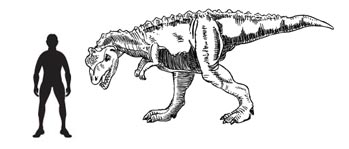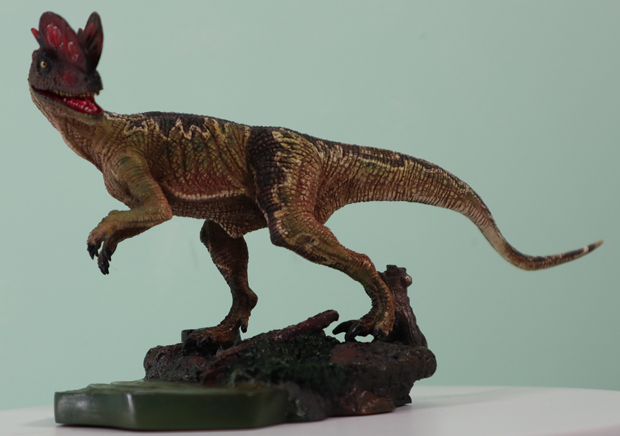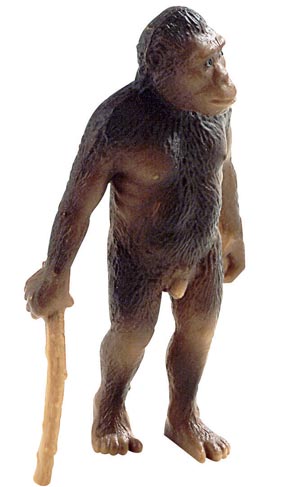Majungatholus or Majungasaurus – What’s the Difference? A Helpful Explanation
The Joy of Junior Synonyms
Everything Dinosaur examines a probelmatic theropod dinosaur and its binomial name. Is it Majungatholus or Majungasaurus?
Today, some of our team members have been reviewing the fact sheets that are being produced for new prehistoric animal models being introduced into the Everything Dinosaur model range. One such fact sheet concerns the abelisaurid Majungatholus atopus, or as it should, more correctly be called, Majungasaurus crenatissimus.
Majungatholus or Majungasaurus?
The fossilised bones of a large, bipedal dinosaur were first discovered on the island of Madagascar by French scientists who accompanied a French military expedition to secure the island from the British in 1895. The fossils were found in a region of exposed Upper Cretaceous strata in the north-west of the island. As a result of this work, a new genus of theropod dinosaur – Majungasaurus was formally named and described.
In the 20th century, more fossil remains were discovered, some of which were ascribed to the Megalosaurus taxon – an example of a taxonomic waste basket, but clearly the fossil evidence suggested the presence of a large meat-eater present on the island at the end of the Cretaceous. Scientists have studied the ancient fauna and flora of Madagascar, as technically, it is the world’s oldest island.
During the Cretaceous the landmasses that were to become India and Madagascar were still joined together, located in the southern hemisphere east of the broken up super continent of Gondwanaland. Rising magma in the Earth’s mantle under Madagascar began to stretch the crust. Eventually, the Earth’s crust at this point, rifted and lava began to pour out onto the surface of the Earth. It was this rifting process that was to lead to the separation of India from Madagascar, so helping to isolate Madagascar and leading to the development of its unique flora and fauna.
In 1979, a team of German and French scientists excavated a partial skull from the same formation as where the earlier Majungasaurus fossils were found. They identified this fossil as being part of the thickened skull of a pachycephalosaur and this specimen became the holotype for the genus Majungatholus atopus.
Studying Theropods
However, an almost complete skull of the theropod known as Majungasaurus was unearthed in 1996 and what was thought to have been a part of a pachycephalosaur was identified as being the frontal horn of an abelisaurid. In 1979, when the pachycephalosaur from Madagascar was named and described it created a sensation amongst palaeontologists as no pachycephalosaur material had ever been discovered in the Southern Hemisphere.
However, we now know that this particular fossil was misidentified and in essence Majungatholus and Majungasaurus are effectively one and the same genus. In taxonomy, an organism can have a number of names, the earliest names given to an organism are known as senior synonyms, whereas, later names are junior synonyms.
In this case, Majungatholus is a junior synonym of Majungasaurus as Majungasaurus was first used in 1896 and Majungatholus not used until 1979. The two names effectively describe the same animal.
The act of declaring a name to be the synonym of another is called synonymisation.
An Illustration of Majungasaurus crenatissimus (M. atopus)
Picture credit: Everything Dinosaur
The illustration above shows an adult man as an approximate scale. Note the frontal horn on the top of the skull, the cause of the confusion between what was an abelisaurid and what was thought to be a pachycephalosaur.
In order to prevent confusion, and in recognition that this theropod was most probably the apex predator on the island of Madagascar in the Late Cretaceous, some of our team members have resorted to calling this dinosaur “the monster from Madagascar”.
The view a model of “the monster from Madagascar” and other dinosaur and prehistoric animal figures: CollectA Age of Dinosaurs Prehistoric Life Models.








